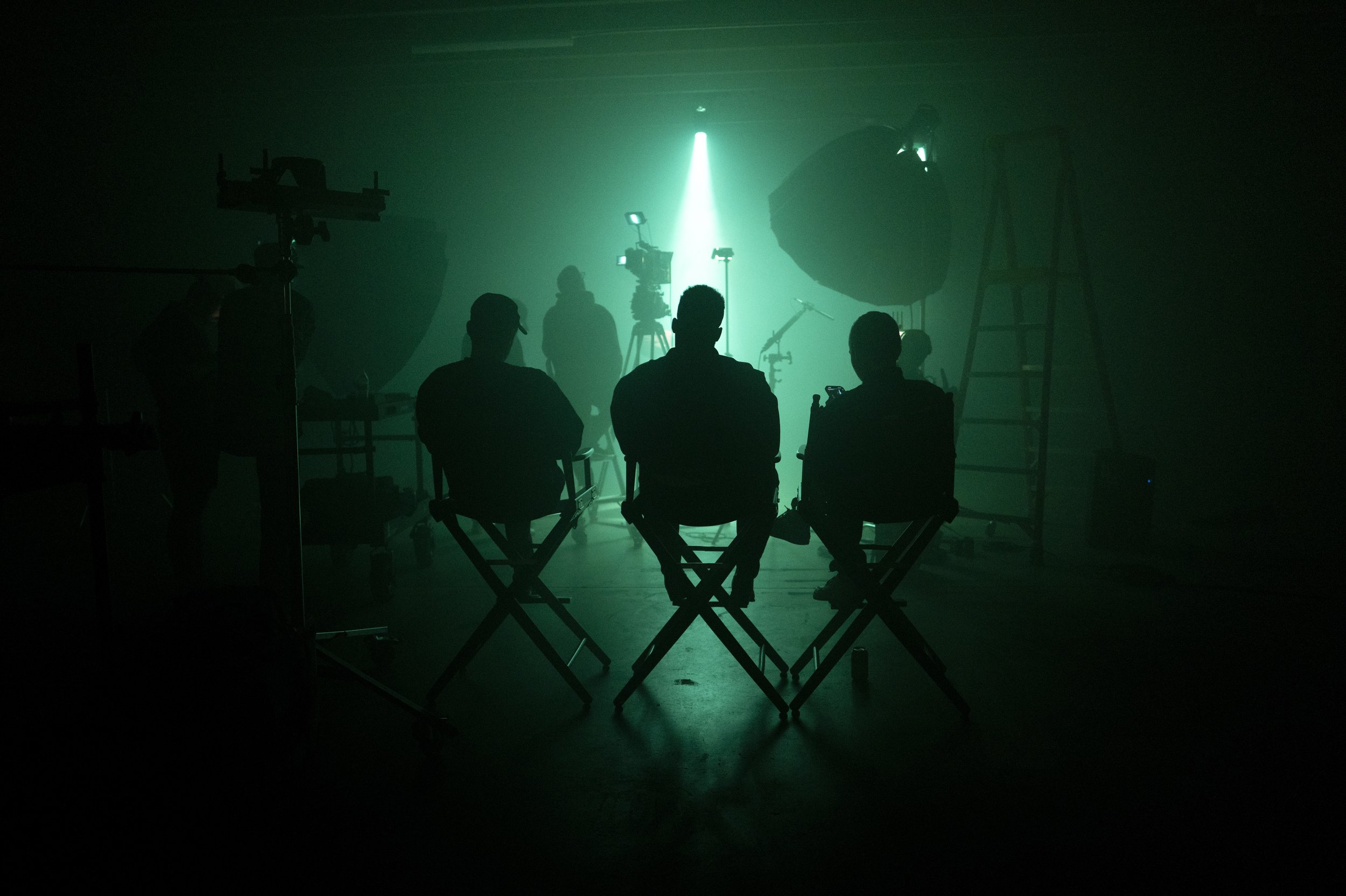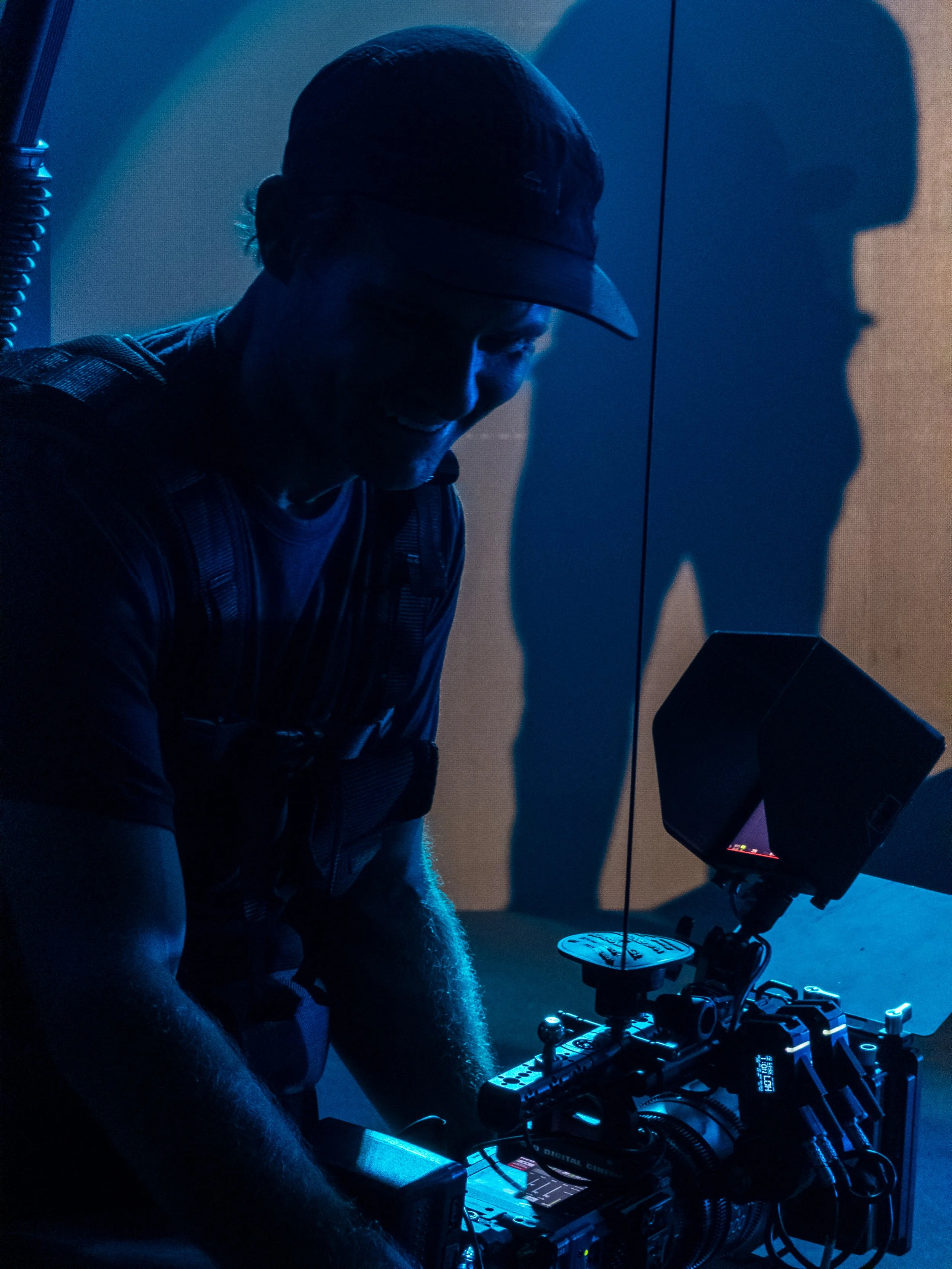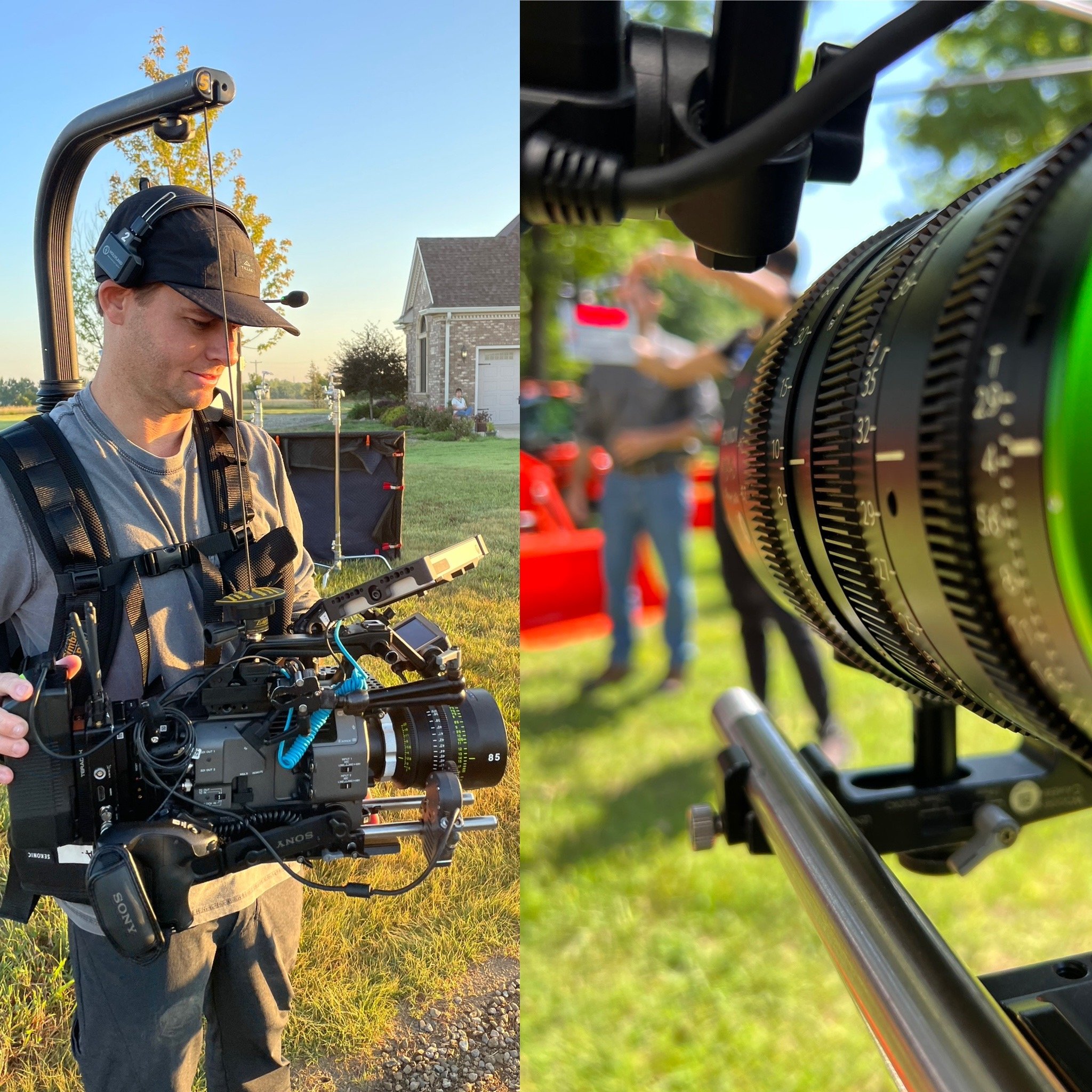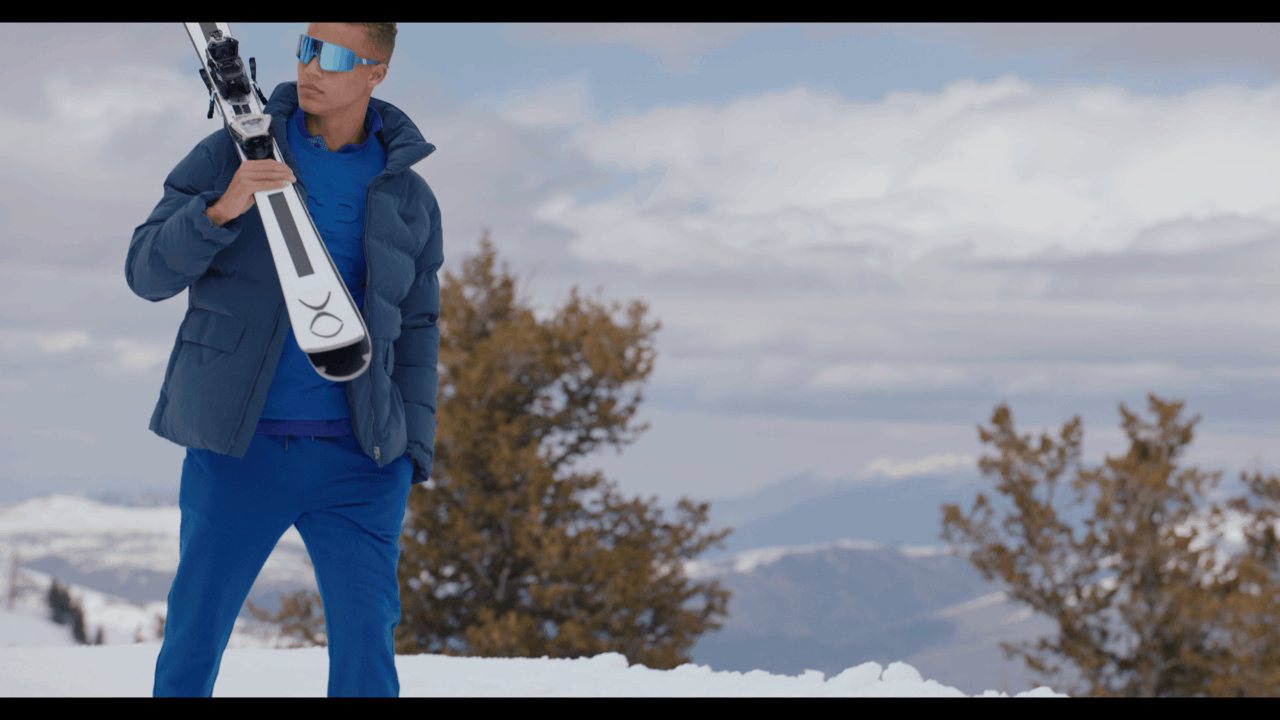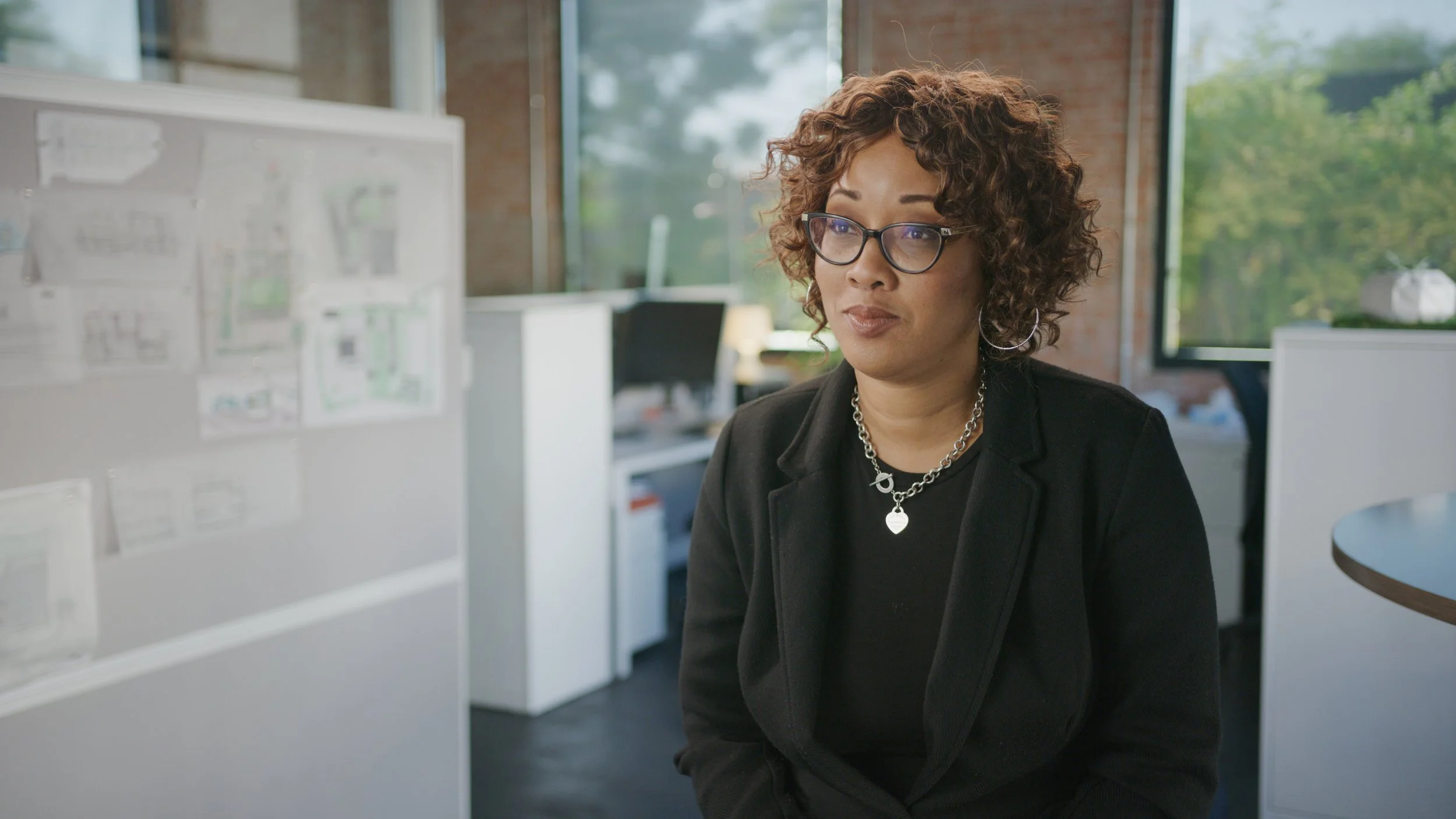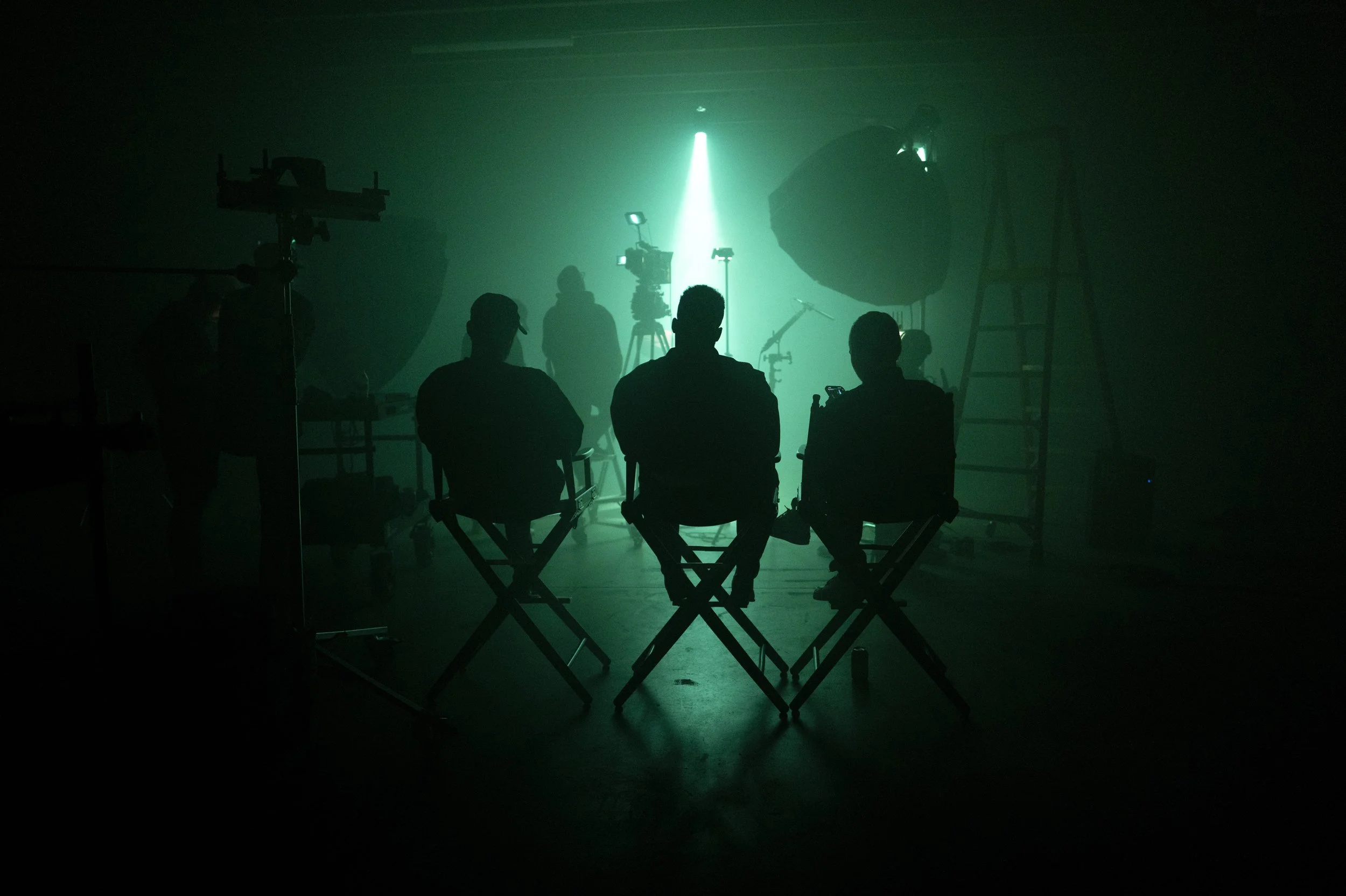When planning a film, commercial, or video project, hiring the right **Director of Photography (DP)** is one of the most critical decisions you’ll make. A DP shapes the visual story, turning your creative vision into stunning imagery that captivates audiences. But with so many cinematographers out there, how do you choose the best one for your project? And why should you consider a DP who also offers **equipment rentals**? In this guide, we’ll walk you through everything you need to know about hiring a Director of Photography in 2025, with insights on what sets top DPs apart—especially those like **Joey Arcisz**, a Dallas-based cinematographer who combines expertise with high-end gear rentals.
Whether you’re a director, producer, or brand manager searching for a **cinematographer for hire**, this post will help you make an informed choice while highlighting the unique benefits of working with a DP who streamlines your production process. Let’s dive in!
---
## What Does a Director of Photography Do?
A Director of Photography, often called a DP or cinematographer, is the creative and technical mastermind behind a project’s visuals. They collaborate closely with the director to design the look of each scene, making decisions about:
- **Camera choices**: Selecting the right cameras, like RED or ARRI, to match the project’s aesthetic.
- **Lighting**: Crafting mood and atmosphere through precise lighting setups.
- **Composition**: Framing shots to enhance storytelling.
- **Camera movement**: Using dynamic techniques like drones or Steadicam for impact.
A great DP doesn’t just operate equipment—they translate ideas into visuals that resonate. Whether it’s a sleek commercial or an indie film, their expertise can make or break your project.
---
## How to Hire a Director of Photography: 5 Key Factors to Consider
Hiring a DP requires careful evaluation to ensure they’re the right fit. Here are five essential factors to guide your decision:
### 1. Experience and Portfolio
A DP’s portfolio is their calling card. Look for projects that align with your vision—whether it’s music videos, corporate videos, or narrative films. Check for diversity in their work to gauge versatility. For example, **Joey Arcisz’s portfolio** showcases a range of projects, from commercials to cinematic shorts, demonstrating his ability to adapt to different styles. Visit [joeyarcisz.com](https://www.joeyarcisz.com) to explore his work and see if it matches your needs.
### 2. Technical Expertise
A skilled DP must master cameras, lenses, lighting, and more. Ask about their familiarity with industry-standard gear, like RED cameras or Aputure lighting, and their ability to handle complex setups. Bonus points if they provide their own equipment—more on that later!
### 3. Creative Collaboration
Your DP should be a partner, not just a technician. They need to understand your vision and offer creative input while respecting your direction. During interviews, discuss past collaborations to gauge their communication style and teamwork.
### 4. Reliability and Professionalism
Film shoots are high-pressure environments with tight schedules. A reliable DP shows up prepared, meets deadlines, and handles challenges calmly. Look for testimonials or references to confirm their dependability.
### 5. Understanding of 2025 Trends
Cinematography is evolving fast. In 2025, trends like **virtual production**, **HDR visuals**, and **dynamic camera movements** are shaping the industry, according to [Filmsupply’s 2025 Trend Report](https://www.filmsupply.com/articles/commercial-filmmaking-trend-report-2025/). A forward-thinking DP stays updated on these advancements to deliver cutting-edge results.
---
## Why Equipment Rentals Make a Difference When Hiring a DP
One factor that sets some DPs apart is their ability to provide **equipment rentals**. This service can transform your production process, and here’s why it matters:
### Seamless Gear Integration
When your DP supplies the gear, they’re already familiar with every camera, lens, and light in their kit. This eliminates compatibility issues and speeds up setup time. For instance, **Joey Arcisz** offers an extensive rental inventory, including RED cameras, Sigma lenses, Aputure lighting, and even drones, ensuring everything works perfectly together. Check out his gear list at [joeyarcisz.com/gear](https://www.joeyarcisz.com/gear).
### Cost Efficiency
Renting equipment separately can be expensive and time-consuming. A DP with their own rentals often provides competitive pricing, saving you money without compromising quality. By choosing a cinematographer like Joey, you get high-end gear bundled with expert services, streamlining your budget.
### Time Savings
Coordinating with multiple vendors eats into your schedule. A DP who handles rentals acts as a single point of contact, letting you focus on creative decisions rather than logistics. This efficiency is a game-changer for tight production timelines.
### Access to Professional-Grade Equipment
Not all rentals are equal. A DP with their own gear typically invests in top-tier equipment tailored to professional shoots. Joey’s inventory, for example, includes advanced tools like gimbals and wireless monitoring systems, ensuring your project looks polished and professional.
---
## Real-World Impact: Success Stories from Joey Arcisz
To illustrate the value of hiring a DP with equipment rentals, here’s a glimpse into Joey Arcisz’s work:
- **Commercial Shoot for a Dallas Brand**: Joey was hired as DP for a fast-paced commercial. By providing his own RED camera and lighting package, he cut setup time by hours, allowing the team to wrap early without sacrificing quality. The client praised his efficiency and cinematic visuals, which elevated their campaign.
- **Indie Short Film**: On a low-budget project, Joey’s rental gear saved the production thousands compared to third-party vendors. His expertise as a DP ensured every shot maximized the equipment’s potential, earning the film festival accolades.
These examples show how combining DP skills with rentals delivers results. Want to see more? Explore Joey’s portfolio at [joeyarcisz.com](https://www.joeyarcisz.com).
---
## Hiring a Cinematographer in Dallas, TX
If you’re searching for a **cinematographer in Dallas, TX**, location matters. A local DP understands the area’s filming conditions, permits, and creative community. **Joey Arcisz**, based in Dallas/Fort Worth, brings this advantage to every project. His deep knowledge of Texas’s vibrant film scene—combined with his gear rentals—makes him a top choice for regional shoots.
---
## 2025 Cinematography Trends to Watch
Staying ahead in 2025 means embracing new techniques. Here are trends shaping cinematography, and how a skilled DP can leverage them:
- **Virtual Production**: Using LED walls for real-time backgrounds, as seen in major films, is now accessible for smaller projects. A tech-savvy DP can integrate this seamlessly.
- **HDR and Color Grading**: High Dynamic Range visuals demand precise lighting and camera work, which an experienced DP delivers.
- **Dynamic Movement**: Drones and gimbals create immersive shots. Joey’s rental kit includes these tools, letting clients experiment without extra costs.
By hiring a DP who’s fluent in these trends, like Joey, you ensure your project feels fresh and competitive.
---
## Ready to Hire a Director of Photography?
Choosing the right **Director of Photography** can elevate your project from good to unforgettable. By prioritizing experience, technical skill, and collaboration—and considering the added value of **equipment rentals**—you’ll set your production up for success. In 2025, working with a versatile cinematographer like **Joey Arcisz** gives you access to both creative expertise and professional gear, all in one package.
Ready to bring your vision to life? **Contact Joey Arcisz today** for expert DP services and top-tier equipment rentals in Dallas, TX, and beyond. Visit [joeyarcisz.com/contact](https://www.joeyarcisz.com/contact) to get started, or explore his work at [joeyarcisz.com](https://www.joeyarcisz.com).
---



